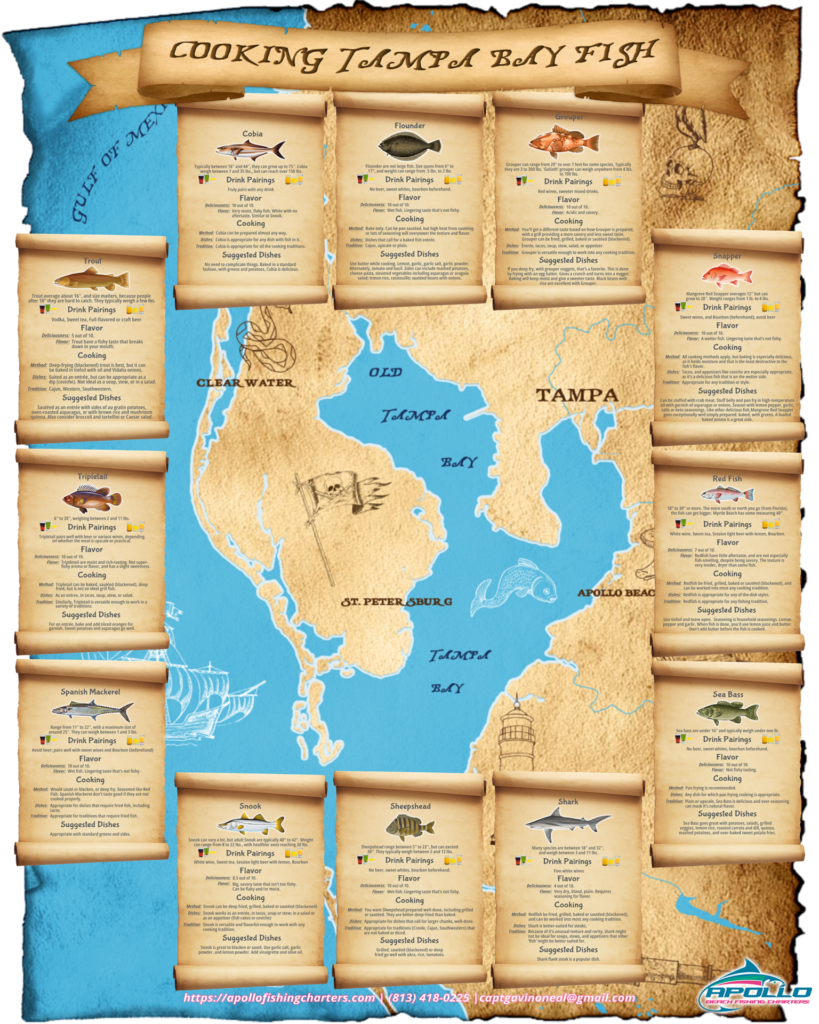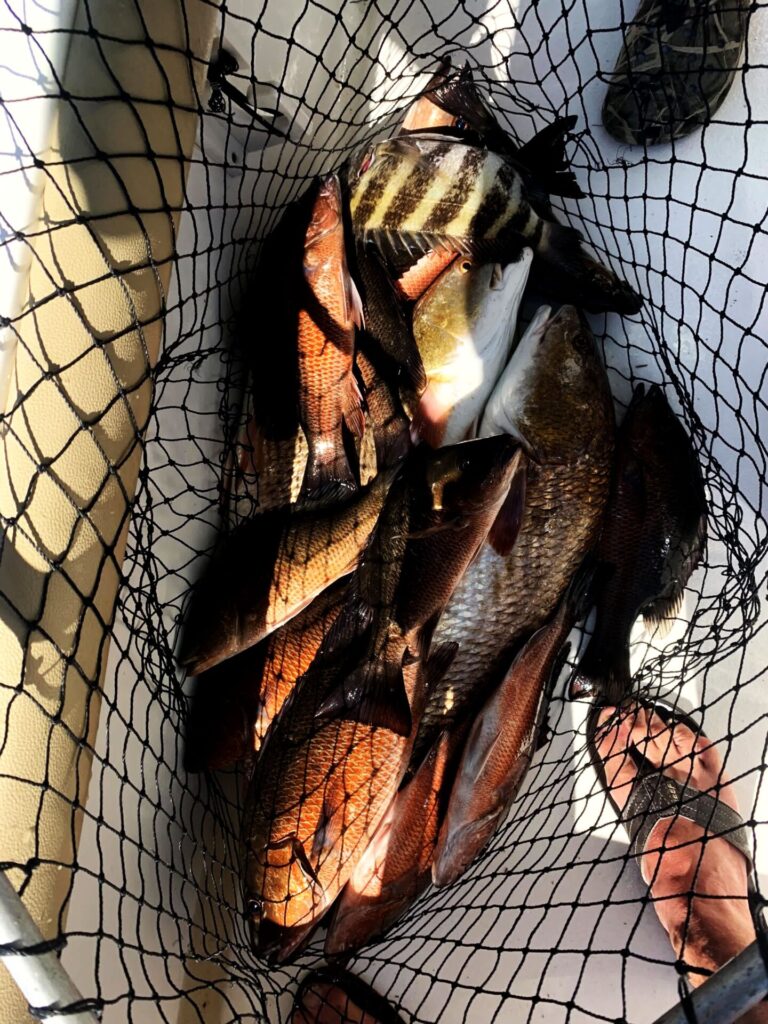Historical Fishing Tales of Tampa Bay

Tampa Bay’s shimmering waters have long been a haven for anglers, teeming with tales of legendary catches, time-honored techniques, and storied fishing spots. From ancient indigenous practices to the rise of sport fishing, the bay’s rich maritime heritage offers a captivating journey through time. Let’s delve into the historical fishing narratives that have shaped Tampa Bay’s identity.
1. The Birth of Tarpon Fishing: The Silver King’s Legacy
In 1885, William Halsey Wood’s capture of a 93-pound tarpon near Sanibel Island marked a pivotal moment in sport fishing history. This event ignited a fervor for tarpon fishing, drawing enthusiasts to Florida’s Gulf Coast, including Tampa Bay. The bay’s nutrient-rich waters became a prime habitat for tarpon, affectionately known as the “Silver King,” solidifying its status as a premier destination for anglers.
2. Fishing Ranchos: The Spanish-Indigenous Collaboration
In the 18th and 19th centuries, Spanish fishermen from Cuba established seasonal fishing camps, or “ranchos,” along Florida’s southwest coast, including Tampa Bay. These operations relied heavily on the labor of local indigenous peoples, particularly the Calusa and later the Seminoles. Together, they harvested, salted, and dried fish, primarily for export to Havana. This collaboration not only sustained the fishing industry but also fostered a unique cultural exchange that left an indelible mark on the region’s history.
3. The Enigmatic Useppa Island
Useppa Island, nestled near the mouth of Charlotte Harbor, holds a storied past intertwined with fishing lore. Once a bustling fishing rancho, the island is also steeped in legend, with tales of the pirate José Gaspar and a Spanish princess named Josefa. While the veracity of these tales remains debated, they contribute to the island’s mystique and its place in Florida’s maritime narrative.
4. Weedon Island: A Tapestry of Time
Weedon Island Preserve stands as a testament to Tampa Bay’s rich fishing heritage. Archaeological findings reveal that indigenous communities thrived here for thousands of years, relying on the bay’s abundant resources. Today, the preserve offers a glimpse into the past, showcasing ancient fishing tools and techniques that highlight the ingenuity of early inhabitants.
5. Skyway Fishing Pier: A Modern Marvel with Historical Roots
The Skyway Fishing Pier, stretching over Tampa Bay, is a unique blend of modern infrastructure and fishing tradition. Constructed from the remnants of the old Sunshine Skyway Bridge, which partially collapsed in 1980, the pier has become a beloved spot for anglers seeking species like snook, redfish, and tarpon. Its transformation from a transportation tragedy to a fishing haven underscores the resilience and adaptability of the local community.
6. Fort De Soto Park: A Historical Fishing Haven
Fort De Soto Park, located at the southern tip of Pinellas County, offers more than just picturesque beaches. Its piers and surrounding waters have long been favored by anglers targeting a variety of species. The park’s rich history, combined with its abundant marine life, makes it a cherished destination for both history buffs and fishing enthusiasts.
7. Indigenous Fishing Techniques: A Legacy of Sustainability
Long before European settlers arrived, indigenous tribes like the Tocobaga and Calusa developed sophisticated fishing methods tailored to Tampa Bay’s unique ecosystem. Utilizing tools such as spears, nets, and fish traps, they practiced sustainable fishing, ensuring the bay’s resources remained abundant for generations. Their deep understanding of tidal patterns and fish behavior laid the foundation for many modern fishing practices.
8. The Evolution of Fishing Gear in Tampa Bay
Over the centuries, fishing gear in Tampa Bay has undergone significant transformations. From rudimentary wooden hooks and handwoven nets to today’s advanced rods and electronic fish finders, the evolution reflects both technological advancements and the enduring passion of the angling community. These innovations have enhanced efficiency while also emphasizing the importance of conservation and responsible fishing.
9. The Role of Fishing in Tampa Bay’s Economy
Fishing has been a cornerstone of Tampa Bay’s economy since its earliest days. The industry provided livelihoods for countless families, from indigenous communities and Spanish settlers to modern commercial and recreational fishermen. Fish markets, processing facilities, and related businesses sprouted across the region, underscoring the bay’s significance as a vital economic hub.
10. Conservation Efforts: Preserving Tampa Bay’s Fishing Legacy
Recognizing the importance of sustainable fishing, Tampa Bay has seen numerous conservation initiatives aimed at protecting its marine ecosystems. Efforts include habitat restoration, pollution control, and the establishment of marine protected areas. These measures ensure that future generations can continue to enjoy the bay’s rich fishing heritage.
Conclusion
Tampa Bay’s fishing tales weave a rich tapestry of cultural, economic, and ecological narratives. From ancient indigenous practices to modern conservation efforts, the bay’s waters have been both a source of sustenance and a stage for stories passed down through generations. As we cast our lines into these historic waters, we not only partake in a beloved pastime but also honor a legacy that continues to shape the region’s identity.
Continue Reading Our Blog
It’s Not Just About the Fish: The Soul of Inshore Fishing
It’s Not Just About the Fish: The Soul of Inshore Fishing A Journey Beyond the…
East Coast Inshore Fishing: Cape Cod, Chesapeake Bay, Hilton Head, And the Tampa Bay
Exploring Inshore and Deep-Sea Fishing on the East Coast: Cape Cod, Chesapeake Bay, Hilton Head,…
The Impact Of Tides On Inshore Fishing
The Impact Of Tides On Inshore Fishing Tampa Bay’s inshore waters are a dynamic environment…





